Minelab Manticore UK Review 2025: Is This Minelab’s Best Detector Yet?

Written by Piotr Lesniewski
Detectorist • Scotland
As an Amazon Associate we earn commission from qualifying purchases. Read our full Affiliate Disclosure.
Alright, fellow detectorists!
As someone who’s spent more years than I can count sweeping fields and beaches across the UK, the buzz around a new flagship machine from Minelab always gets my attention. The Minelab Manticore, hailed as their most powerful and precise metal detector yet, landed with quite a splash.
It’s positioned right at the top end of the market, so I was eager to get it out on my permissions and see if it truly lived up to the claims, especially in our often challenging British soil and unpredictable weather. The buzz around the Manticore has been building for months.
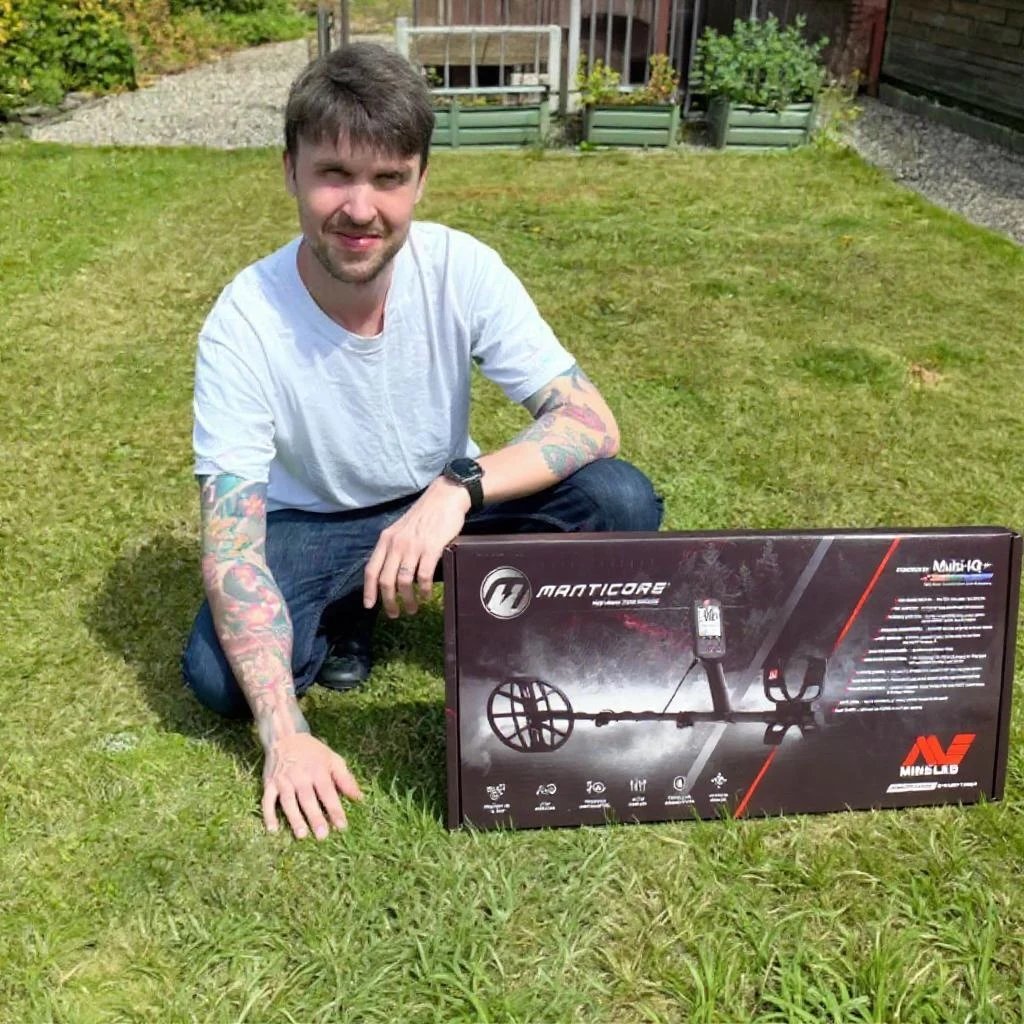
Minelab has a reputation for pushing the technological envelope, and the promises associated with their new Multi-IQ+ technology had me, like many detectorists, eager to see if the performance would live up to the hype.
My aim here is to give you the straight review of the Minelab Manticore from my time with it, to help you decide if it’s the right beast to help you unearth more of our rich history.

Minelab Manticore
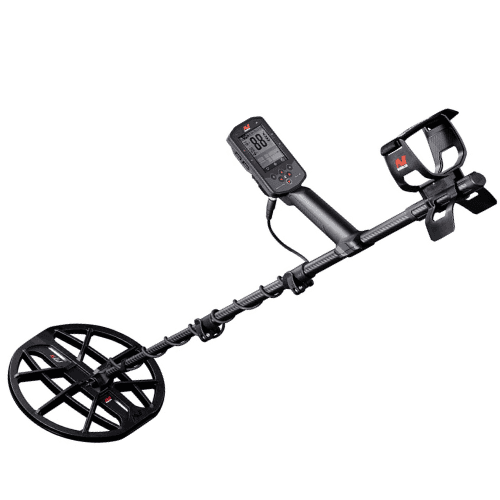
As an Amazon Associate we earn from qualifying purchases.
My Final Thoughts
The Good
- ●It offers unparalleled depth and sensitivity to unearth the oldest, smallest, or deepest treasures hiding on your UK permissions.
- ●The Manticore’s almost magical ability to unmask good targets amongst dense iron will breathe new life into those UK sites you thought were completely worked out.
- ●Its intuitive and incredibly informative 2D ID Map provides a revolutionary visual insight into targets before you even think about putting your spade in the ground, saving you from digging endless junk on your UK hunts.
- ●Engineered to be tough, comfortable for all-day use, and fully waterproof, it’s ready for any detecting adventure the unpredictable UK weather and challenging terrain can throw at you.
The Bad
- ●There’s a definite learning curve to fully master all its advanced features; patience is a virtue here.
- ●It’s a premium-priced machine, which will be a significant investment for many.
- ●The included ML-105 headphones aren’t waterproof, and I’ve heard some find them less comfortable for very long sessions.
- ●Battery life is good for a full day, but for those marathon UK rallies, carrying a USB power bank is a wise move.
Minelab Manticore Unboxing & Initial Setup: 9/10
When the Manticore box arrived, I’ll admit, there was a bit of that kid-at-Christmas feeling.
Opening it up, my first thought was, “This looks and feels serious.” Key for us detectorists, it comes with the M11 11-inch DD coil – a solid choice for our varied ground – plus the ML-105 wireless headphones and even a pack of screen protectors, which I thought was a very sensible inclusion given the state of my hands after a day on the fields.
Assembly was an absolute doddle; the carbon-fibre shaft sections clicked together smoothly and felt robust straight away, no fiddly bits for a beginner to wrestle with.
The initial feel of all the components, from the arm cup to the coil, just screamed quality. That stock 11-inch DD coil immediately struck me as a good compromise for decent coverage on large pasture fields while still offering the potential to carefully pick through our often iron-laden Roman or Victorian sites.
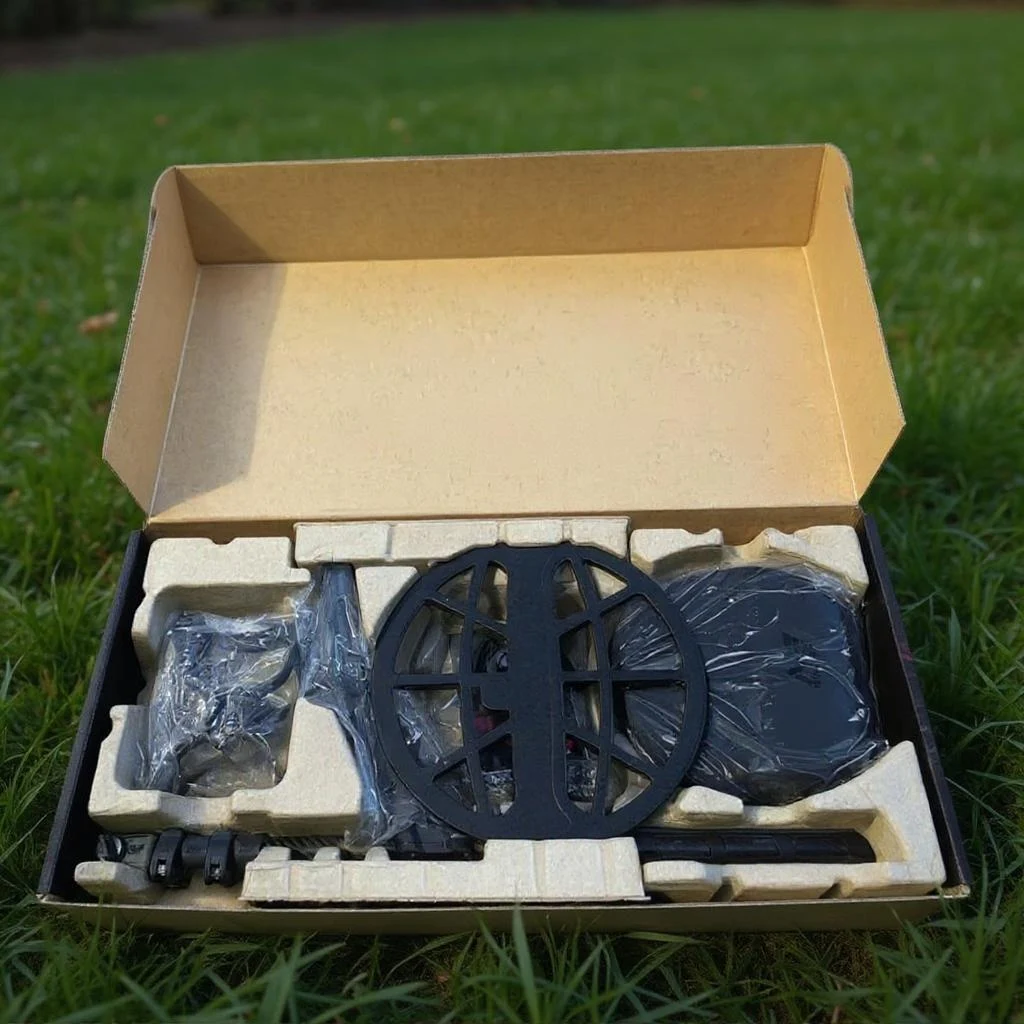
Minelab Manticore Design, Build Quality & Ergonomics: 9/10
I’ve put in some seriously long sessions with the Manticore, from dawn till dusk on sprawling UK pasture, and its 1.3 kg weight combined with excellent balance meant I wasn’t feeling that all-too-familiar arm ache by late afternoon.
From my experience, the materials – especially that carbon fibre shaft – and the overall construction quality feel top-notch, more than robust enough for regular use in our lovely damp fields and salty coastal air.
Its IP68 water resistance, fully submersible to 5 metres (16ft), is a massive practical benefit for us UK detectorists; whether you’re caught in a sudden downpour, fancy detecting in a shallow stream, or want to properly tackle the wet sand and surf line, this machine handles it without a grumble.
The large colour screen is brilliantly clear and readable, even in the glare of a rare sunny British day or the more typical overcast gloom, and I found the buttons well-placed and intuitive to operate, even with muddy gloves on in colder weather – a definite step up for someone moving from a more basic machine.
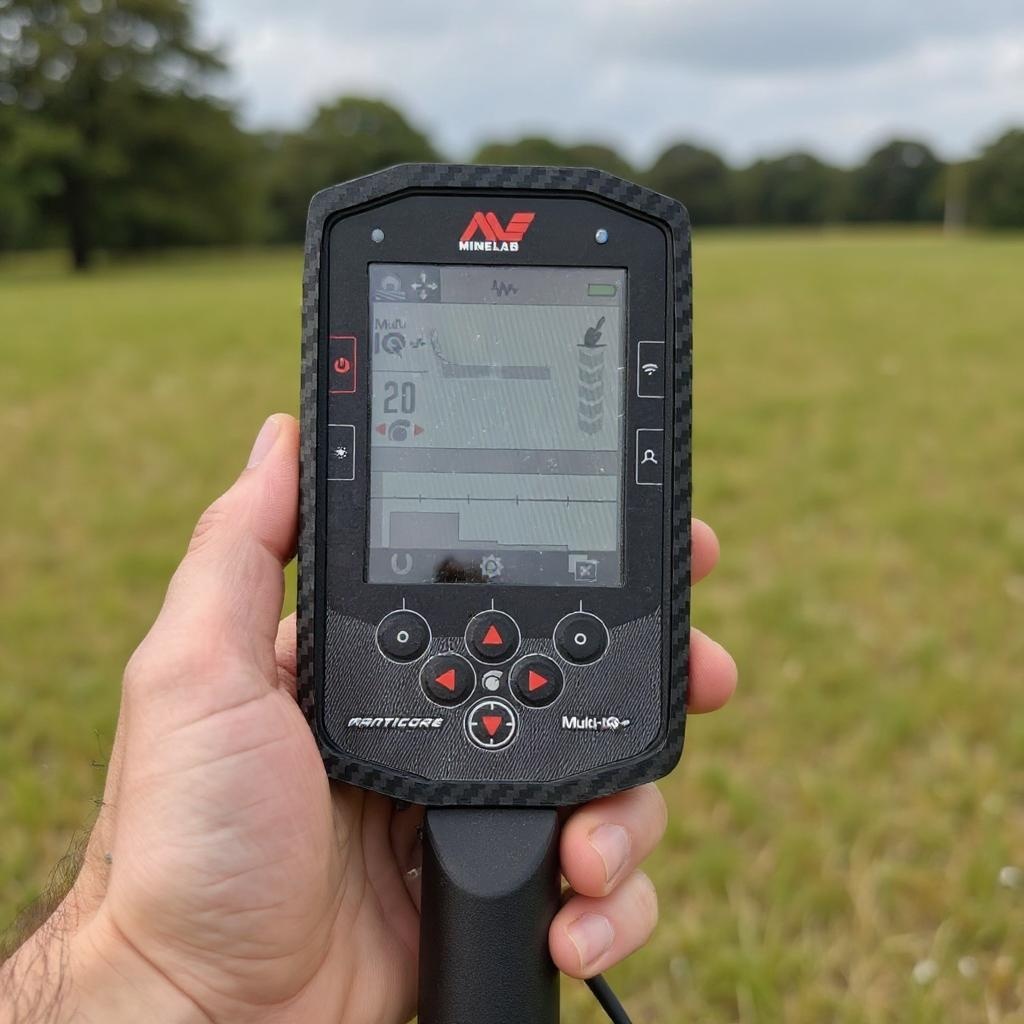
Minelab Manticore Key Features & Technology: 10/10
Two bits of tech really stand out for me on the Manticore. First is Minelab’s new Multi-IQ+ engine; it’s like they’ve put their already excellent multi-frequency system on steroids, driving more power through the coil across a wider range of frequencies.
For us in the UK, with our often mineralised soils, this meant I experienced noticeably more stability and a better chance at those faint whispers from deep hammered coins or tiny Roman bits.
Secondly, that 2D ID Map with Target Trace is a genuine game-changer for UK conditions; it gives you a visual plot of the target’s characteristics, which I found invaluable for helping distinguish a sweet-sounding silver from a crafty piece of iron, especially on historic sites that are riddled with old ferrous junk.
The highly customisable Ferrous Limits also give you incredible control to quieten down that iron chatter.
Other important features like the handgrip vibration and built-in flashlight are real practical boons – the vibration is great when the wind is howling or you want to be discreet, and the flashlight has been a lifesaver for those early starts or when I’m trying to eke out just one more signal as dusk falls.
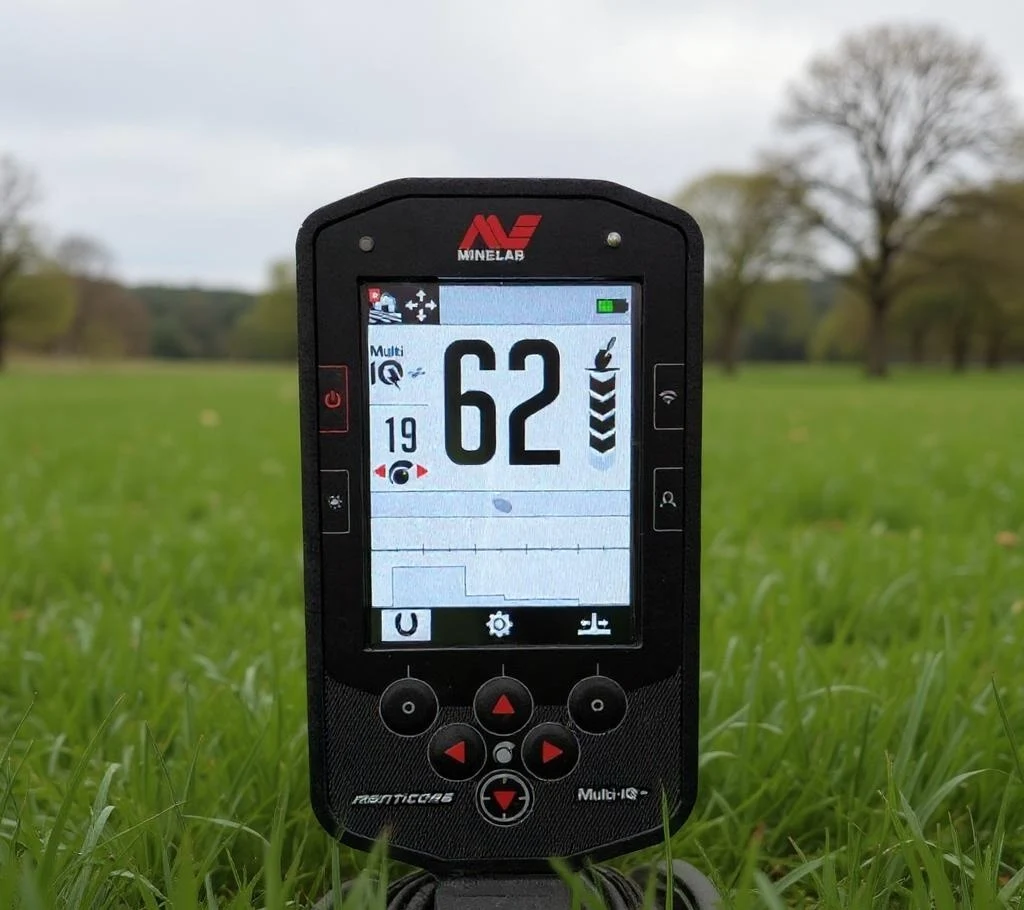
In-the-Field Performance Minelab Manticore Review: 9.5/10
I really put the Manticore through its paces across a range of my permissions: old pasture known for yielding everything from hammered coins to Roman brooches, a ploughed field that regularly turns up Victorian-era finds, and a local beach with its mix of wet and dry sand and saltwater challenges.
In typical UK clay and sandy loam, even where iron levels were high, I was genuinely impressed when it hit a small, thin hammered silver at a good 8 inches in tricky, mineralised soil, and it consistently picked up Victorian pennies at depths I wouldn’t expect from many machines.
When good targets, like a cut-quarter hammered, were nestled close to iron, the Manticore’s ability to pull out the good signal was excellent; that 2D ID map really helped me visually unmask the desirable target from the ferrous clutter.
My tip for beginners struggling with iron-infested areas is to start in a mode like All-Terrain General, then gently tweak the Ferrous Limits and perhaps increase the Recovery Speed a touch – it can make a huge difference.
The machine was generally very stable, with minimal false signals once correctly ground balanced, making it quite manageable even if you’re newer to interpreting the signals of a more advanced metal detector.
Based on my testing, I reckon a dedicated beginner could get to grips with the Manticore and start making enjoyable finds in typical UK scenarios within a few serious outings; it definitely felt like a machine that rewards you for learning its nuances.
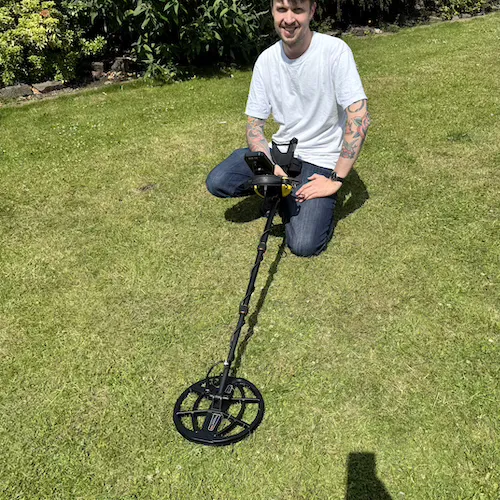
The Breakdown
Final Verdict
It truly lives up to much of the hype, delivering a level of performance – especially in its ability to hit deep targets, pick out good finds from amongst iron, and the clarity offered by that 2D ID map – that can genuinely transform your detecting results on our often challenging sites. Yes, it carries a hefty price tag, and you’ll need to invest time to learn its intricacies to get the absolute best from it.
As an Amazon Associate we earn from qualifying purchases.
Minelab Manticore User Experience & Learning Curve: 8.5/10
Beyond the initial setup, I found the Manticore surprisingly intuitive to operate in the field, especially given the sheer power under the bonnet; the menus are logically laid out on that lovely big colour screen, making them easy to navigate once I got going.
Adjusting key settings like sensitivity, discrimination, or ground balance on the fly quickly became second nature.
For a beginner stepping up, the main challenge, as I see it, is learning to accurately interpret that 2D Target ID map and getting your ear attuned to the nuances of the audio feedback in typical UK scenarios – for instance, confidently distinguishing a deep, iffy non-ferrous signal from the lies that iron can tell.
It’s not quite a “switch on and go” metal detector if you want to unlock its absolute full potential for our often challenging UK sites; it definitely requires more dedication to truly master its advanced features and get the best out of that Multi-IQ+ engine and 2D ID system.
My overall feeling using it? It made my metal detecting sessions feel incredibly productive and, importantly, more enjoyable; there’s a real confidence that comes from swinging a machine this capable.
Who Is The Minelab Manticore Best For in the UK?
In my experience, the Minelab Manticore is a fantastic, albeit premium, choice for several types of UK detectorists:
Ambitious metal detector beginners ready to invest time and effort (and cash!): If you’re serious about the hobby from the outset and want a machine that will grow with you for years, the Manticore is a brilliant option. However, you must be prepared to commit to learning its deeper functions to truly make it sing.
Dedicated coin shooters and relic hunters: For those of us who live for the thrill of unearthing hammered coins, Roman artefacts, and other old relics from our historic sites, its depth, incredible separation in iron, and detailed target information are superb for UK conditions.
Serious UK beachcombers: With its excellent performance on both wet and dry sand, fantastic saltwater stability, and being fully waterproof, it’s a top-tier machine for anyone serious about detecting around the UK coastline.
Detectorists looking to upgrade from a mid-tier machine: If you feel you’ve pushed your current capable metal detector to its limits and are looking for that next significant leap in performance, depth, and the sheer amount of information you get about a target, the Manticore delivers that in spades.
It definitely requires a learning commitment to get the absolute best from it, but I was also very impressed by how effective its preset modes are straight out of the box.
My Final Verdict: 9.2/10
After spending a good chunk of time with the Minelab Manticore, dragging it over all sorts of my UK permissions, I can honestly say it’s a phenomenal piece of engineering.
It truly lives up to much of the hype, delivering a level of performance – especially in its ability to hit deep targets, pick out good finds from amongst iron, and the clarity offered by that 2D ID map – that can genuinely transform your detecting results on our often challenging sites.
Yes, it carries a hefty price tag, and you’ll need to invest time to learn its intricacies to get the absolute best from it.
However, for the serious UK detectorist – whether you’re an ambitious beginner with the budget and dedication, or an experienced hand looking to upgrade to the cutting edge for coin, relic, and beach hunting – the Manticore is an outstanding machine that I wouldn’t hesitate to recommend.
It’s certainly earned its place as my go-to detector for those really important hunts.
Author Profile

Piotr Lesniewski
"Digging up the past, one signal at a time."
Polish-born, Scotland-based, and obsessed with the beep. My passion began decades ago, exploring fields with my Dziadek (grandfather). Now, with over 10 years of digging under my belt, I'm here to share everything I've learned—unfiltered and unbiased—to help you unearth your own piece of history. No sales pitches, just real field experience.